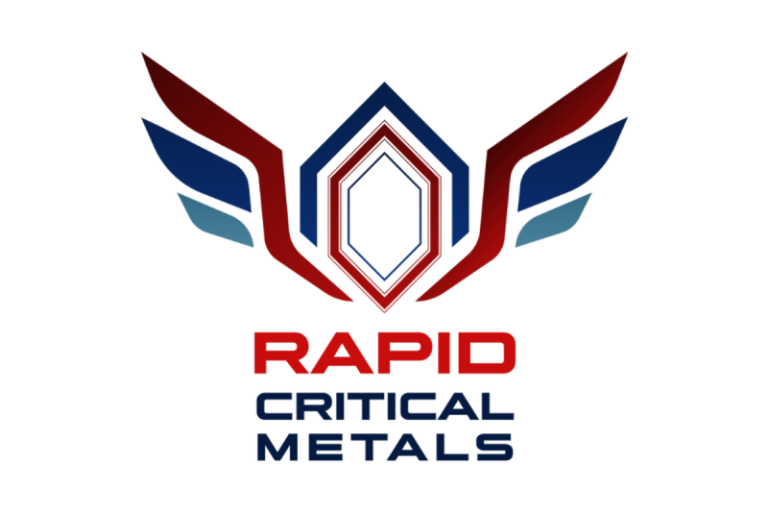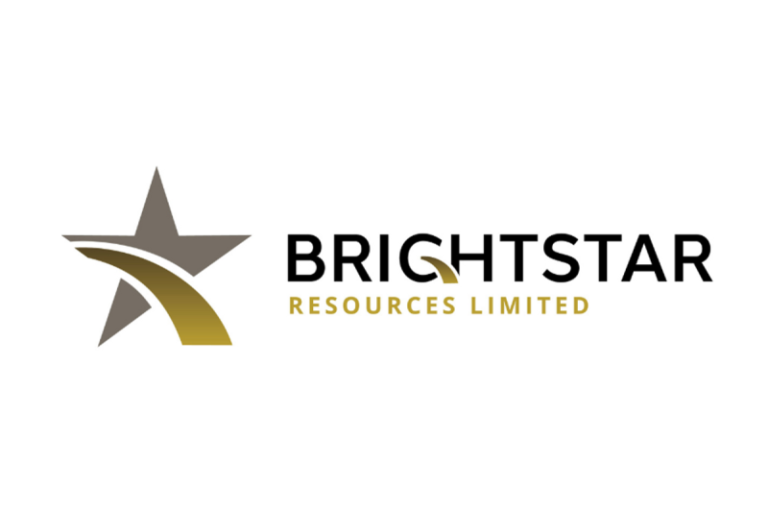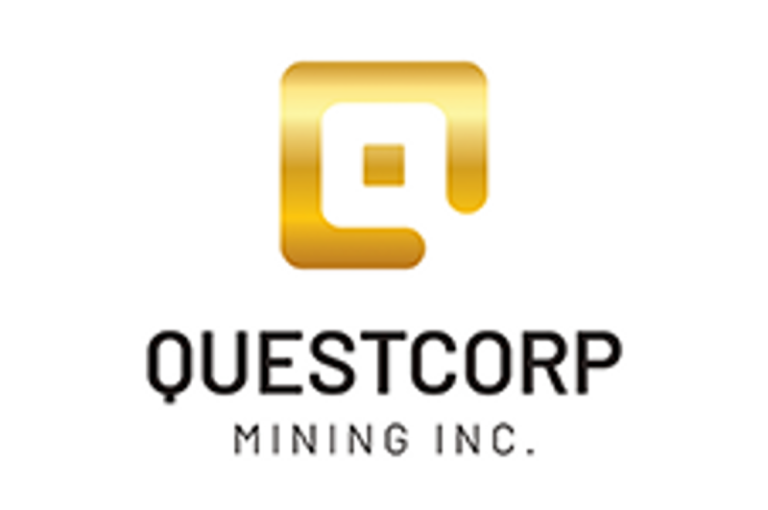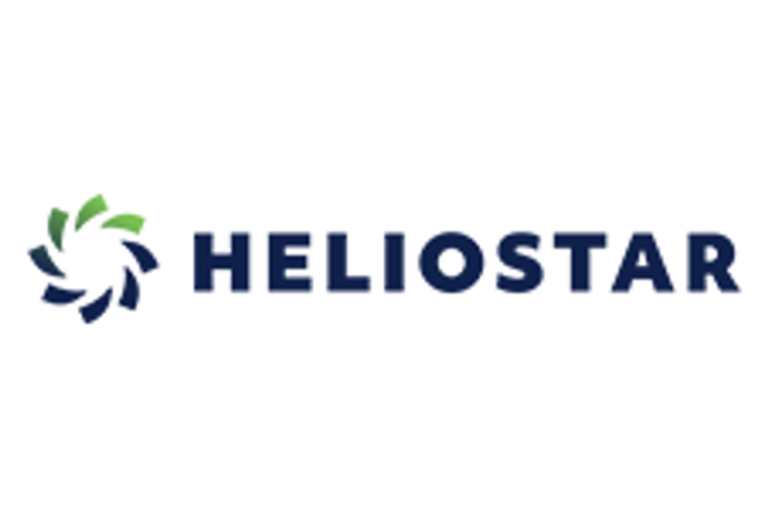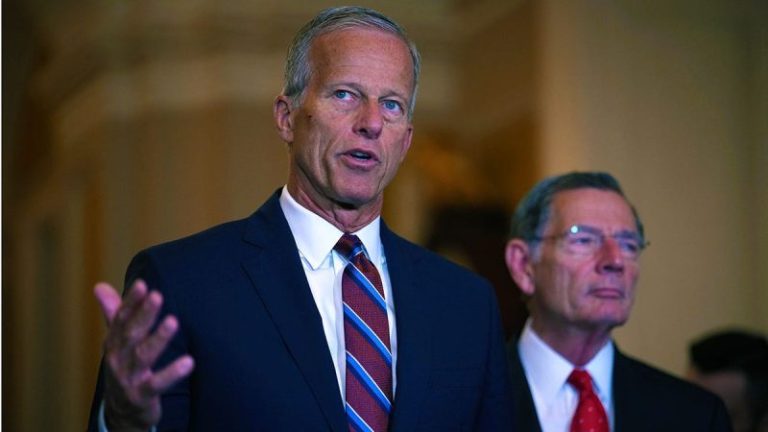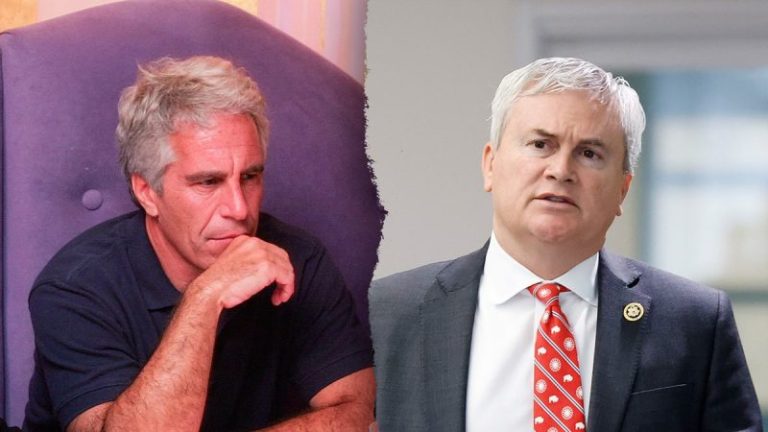The medical device market offers investors unique exposure to the overall life science space, especially in an era of fast-growing tech advancements in healthcare.
This industry covers a wide range of health and medical instruments and equipment used in the treatment, mitigation, diagnosis and prevention of diseases and physical conditions, and it continues to develop rapidly.
Examples of medical devices include neurostimulation devices, surgical implants, ultrasound imaging devices and robotic medical technology, along with insulin pumps and insulin pens for diabetes. Just as pharmaceutical companies seek to serve unmet needs, medical device companies do the same via innovative technologies.
In this article
What should investors know about the medical device market?
Before investing in medical device stocks, it helps to understand their goals. Medtech companies will often seek to show investors that their products are ready to enter the market and will be in demand right away — whether it be by serving a large demographic or by targeting a specific ailment in the population that has an unmet medical need.
Like firms pursuing drug approvals, medical device companies must conduct clinical trials to bring their products to market; they have to refine their technology and confirm efficacy and safety to get regulatory approvals.
Successfully completed clinical trials and product approvals are usually major catalysts for a company’s share price. A medical device stock can experience a large jump when announcing positive results from a recent trial or approval from a regulatory body such as Health Canada, the US Food and Drug Administration (FDA) or an equivalent agency in Europe or Asia. On the other hand, poor results can have a negative impact on the company’s performance.
Patentability also plays a big role in a medical device company’s value. Once a product has been patented, the company controls its every move and can choose to license it or make other deals to expand device reach.
What is the outlook for the medical device market?
The medical device market is expected to experience growth in global annual sales of over 5 percent each year to reach nearly US$800 billion by 2030, according to a forecast from KPMG.
Driving that growth will be an increase in demand for new devices like wearables and services like health data, alongside diseases, particularly cancer and diabetes, plus cardiovascular, neurological, orthopedic and respiratory diseases, which are on the rise due to an aging population.
Chronic diseases are also growing in prevalence. The United Nations has said that by the end of 2050, the ratio of deaths per year due to chronic diseases is expected to rise to around 86 percent of total deaths each year.
KPMG sees the adoption of five key technologies, what it calls ‘patient and consumer data sharing technologies,’ as critical for ‘winning companies in 2030.’ These are wearables, smart device apps, Internet of Things (IoT), cloud-based data and analytics, and blockchain.
The top five geographical markets identified by the firm are the United States, China, France, Germany and India.
In short, with the future growth of the market expected to be robust, there are many opportunities for investing in the medical device industry.
How to invest in medical device stocks
Large-cap medical device stocks
The sector is dominated by a handful of big medical device manufacturers, which means investors interested in large-cap companies will have no trouble finding what they’re looking for. Here are a few to get you started:
Abbott Laboratories (NYSE:ABT)
Abbott Laboratories creates a wide range of products, from diagnostics to medical devices to branded generic pharmaceuticals. Its medical devices focus on segments including vascular diseases, diabetes and optometry.
Intuitive Surgical (NASDAQ:ISRG)
Medical device manufacturer Intuitive Surgical developed the da Vinci surgical system, the first minimally invasive surgical system to receive clearance from the US FDA. The company’s goal is to provide assistance to doctors and hospitals with its robotics-assisted platforms, including the da Vinci system.
Medtronic (NYSE:MDT)
Medtronic’s devices provide solutions for relieving pain, restoring health and working to extend the lives of millions of people globally. Its primary areas of focus include cardiac and vascular care, minimally invasive therapies, restorative therapies and diabetes.
Danaher (NYSE:DHR)
Globally diversified conglomerate Danaher has a number of brands under its corporate umbrella grouped in three distinct divisions: healthcare, diagnostics and environmental and applied end markets. Through its brands, Danaher designs, manufactures and sells a number of medical device products and services.
Thermo Fisher Scientific (NYSE:TMO)
Thermo Fisher Scientific’s family of global products and services represents a broad range of high-end analytical instruments, chemistry and consumable supplies, laboratory equipment and software. It has products in a variety of areas, including cellular analysis, synthetic biology and molecular biology.
Small-cap medical device stocks
Investors will also find smaller-cap medical device companies amid the heavyweights — it’s just a matter of risk tolerance. Below are five great examples.
AngioDynamics (NASDAQ:ANGO)
AngioDynamics is a global medical technology company that designs, manufacturers and sells high-quality, minimally invasive medical devices. Its devices target vascular access procedures and treatment of peripheral vascular and oncological diseases.
Aurora Spine (TSXV:ASG,OTCQB:ASAPF)
Aurora Spine is a Canadian medical device company focused on the spinal implant market. It has a portfolio of minimally invasive, regenerative spinal implant technologies designed to improve spinal surgery outcomes. Its FDA-approved products include the DEXA patient-matched implant technology and the ZIP series of implants for lumbar spinal stenosis.
Delcath Systems (NASDAQ:DCTH)
Delcath Systems is a pharmaceutical and medical device company focused on “interventional oncology,” specifically regarding the treatment of primary and metastatic liver cancers. The company’s commercial products combine its Hepactic Delivery System with the chemotherapeutic drug melphalan for to help liver cancer patients undergo safer high-dose chemotherapy.
Senseonics (NYSEAMERICAN:SENS)
Senseonics is a commercial-stage medical technology company that develops and manufactures continuous glucose monitoring systems for people with diabetes. The company’s Eversense 365 and Eversense E3 systems are long-term, implantable devices that use sensor technology to transmit frequent glucose data updates via a smartphone app.
iRhythm Technologies (NASDAQ:IRTC)
iRhythm Technologies’ wearable biosensor device, the Zio ECG monitor, is used for the diagnosis of cardiac arrhythmias. The FDA-cleared device uses AI and a clinically proven deep-learned algorithm to enable accurate diagnoses.
How to invest in medical device ETFs
For those who prefer to mitigate risk, exchange-traded funds (ETFs) are a safer way to put money into the market, and there are two primary medical device ETFs for investors to choose from.
ETFs hold assets such as stocks, commodities and bonds, and trade close to their net asset value. With exposure to various companies, any potential decrease in one stock won’t significantly drive down overall ETF returns.
Typically ETFs track an index. In the medical device arena, there are two indexes that can be followed: the S&P Health Care Equipment Select Industry Index (INDEXSP:SPSIHE) and the Dow Jones US Select Medical Equipment Index (INDEXDJX:DJSMDQ).
Below are the two biggest medical device ETFs:
iShares US Medical Devices ETF (ARCA:IHI)
The iShares US Medical Device ETF is the largest ETF in the medical device sector. Its focus is on US companies that manufacture and distribute medical devices. This passive ETF tracks the Dow Jones US Select Medical Equipment Index. Three of its top holdings are Abbott Laboratories, Intuitive Surgical and Boston Scientific (NYSE:BSX).
SPDR S&P Health Care Equipment ETF (ARCA:XHE)
The SPDR S&P Health Care Equipment ETF tracks the S&P Health Care Equipment Select Industry Index. Its top holdings include Staar Surgical (NASDAQ:STAA), ResMed (NYSE:RMD) and iRhythm Technologies.
Securities Disclosure: I, Melissa Pistilli, hold no direct investment interest in any company mentioned in this article.



